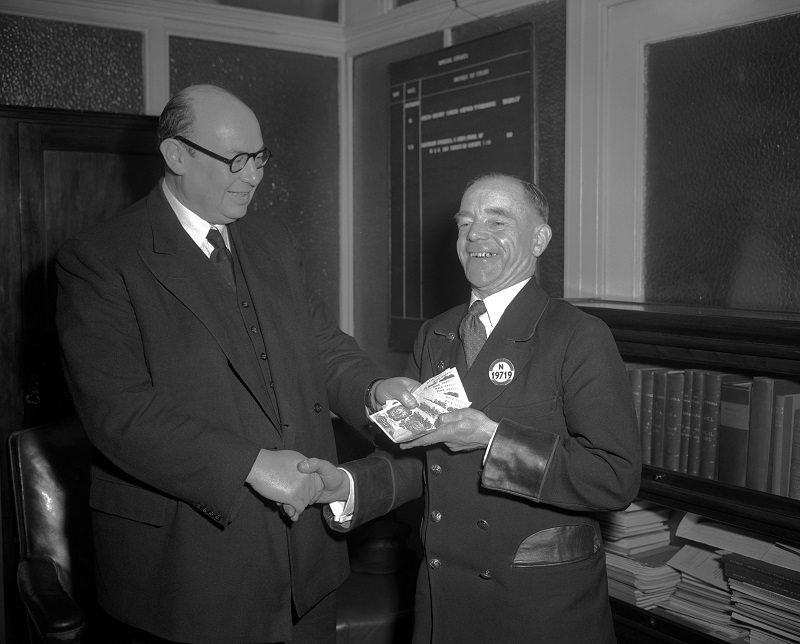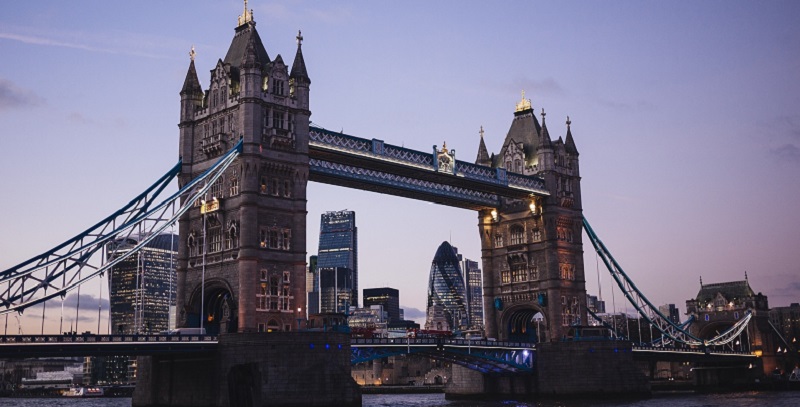Tower Bridge turns 125 years old
One of Britain’s most famous landmarks, Tower Bridge, will turn 125 years old on Sunday. This iconic structure has survived two world wars, berthed some of the largest ships in the world, and still to this day raises its bridges an average of 800 times per year, with more than 40,000 people crossing it daily. MAHA KHAN celebrates its history and list the events taking place to celebrate the anniversary, with photographs which chronicle the history of the famous landmark
The Victorian expansion of London and its docks led to demand for a new bridge east of London Bridge.
But a traditional fixed bridge at street level could not be built because it would cut off access to the docks for larger ships.
A committee was formed in 1877 to find a solution and an Act of Parliament passed in 1885 authorising the bridge’s construction. Building started in 1886 and it took eight years with five major contractors and employed 432 construction workers.~
The two piers, containing more than 70,000 tonnes of concrete were sunk into the riverbed and the frame used more than 11,000 tonnes of steel.

The total cost of construction was £1,184,000 – equivalent to £132 million today. The bridge was officially opened on June 30, 1894 by the then Prince of Wales – the future King Edward VII.
A toll pedestrian foot tunnel, opened in 1870, closed within four years as a result of losing most of its business. The high-level open air walkways between the towers gained a reputation as a haunt for prostitutes and pickpockets and closed in 1910 – but reopened in 1982.
In December 1952, the bridge opened while a number 78 double-decker bus was crossing from the south bank. A gateman would then have been expected to ring a warning bell and close the gates before the bridge was raised. But a relief watchman was on duty.
The bus was near the edge of the south bascule as it started to rise. Driver Albert Gunter made a split-second decision to accelerate, clearing a three-foot (0.91 m) gap to drop six feet (1.8 m) onto the north bascule, which had not yet started to rise.

There were no serious injuries. Gunter was given £10 – equivalent to £280 today by the City Corporation to honour his act of bravery. A Royal Air Force Hawker Hunter FGA.9 jet fighter was flown flew through Tower Bridge on April 5, 1968.
Unimpressed that senior staff were not going to celebrate the RAF’s 50th birthday with a fly-past, Flight Lieutenant Alan Pollock decided to do something himself.
Without authorisation, Pollock flew the Hunter beneath the bridge’s walkway, remarking afterwards that it was an afterthought when he saw the bridge ahead of him.
Pollock was placed under arrest on landing, and discharged from the RAF on medical grounds without the chance to defend himself at a court martial.
The original bridge operating mechanism was largely replaced in 1974 by a new electro-hydraulic drive system.
Photographs provided by Premier Inn
